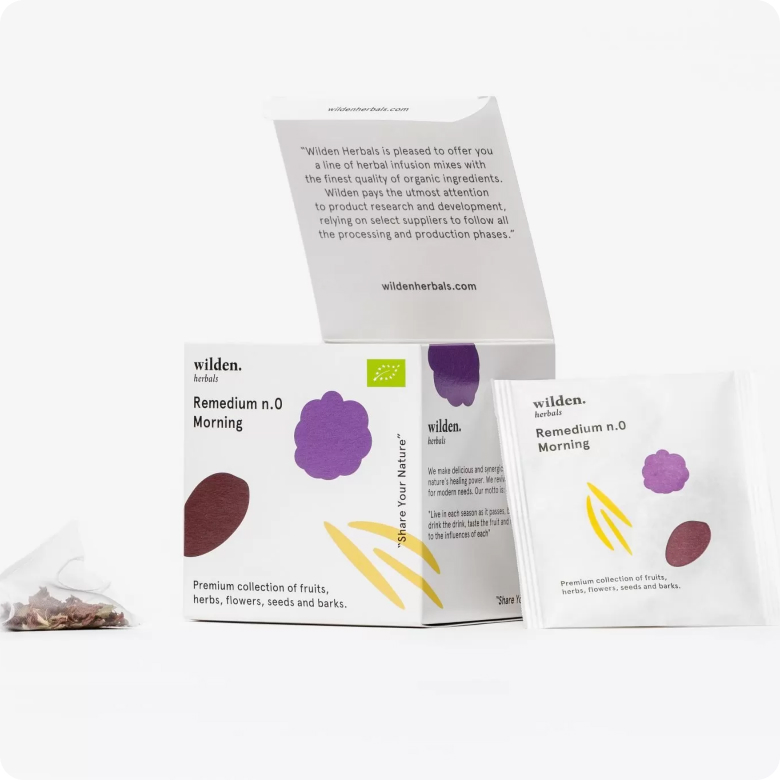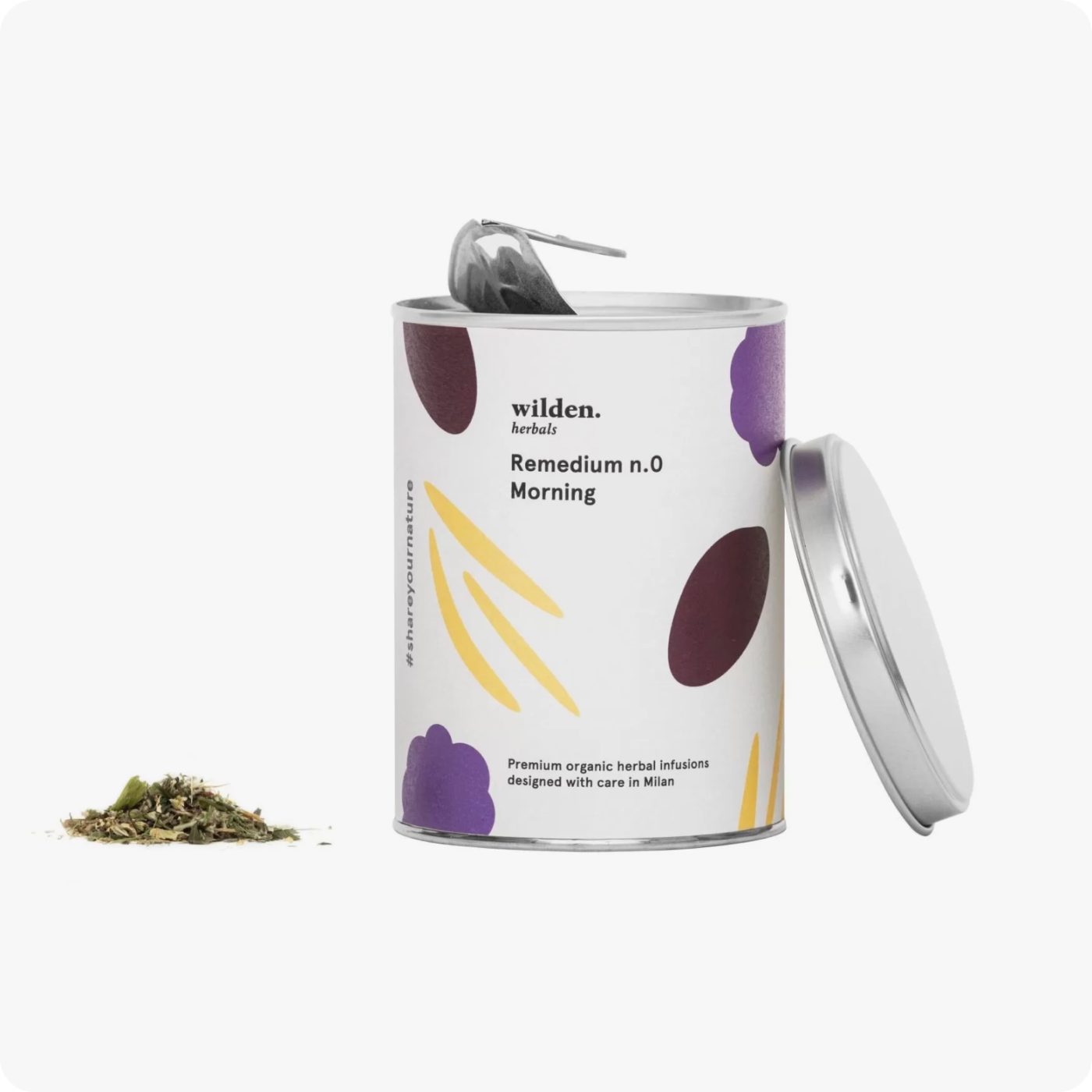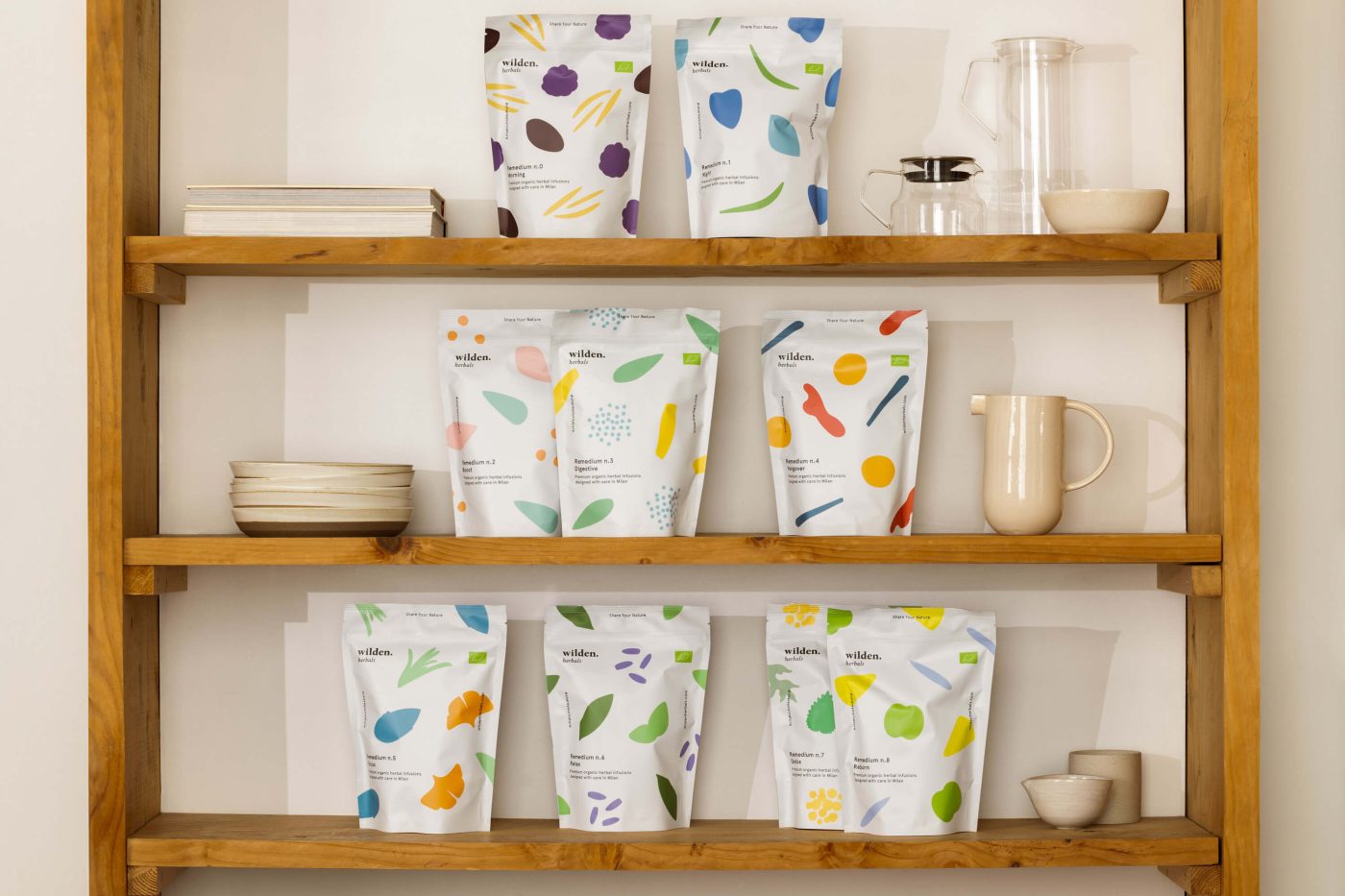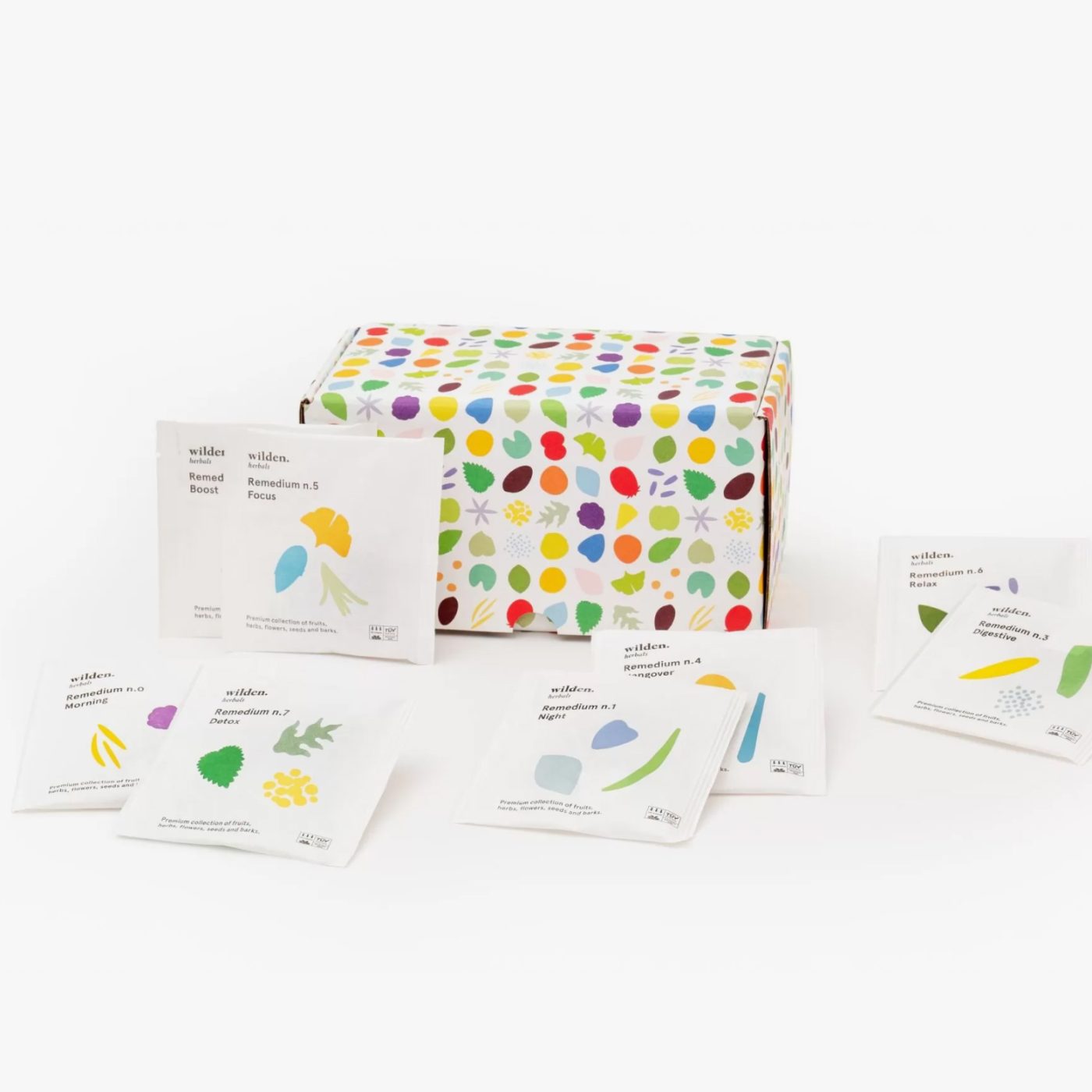Lavender, the balsamic and fragrant purple wave
Known for its color and fragrance since ancient times, today we rediscover the history, uses and benefits of the queen of herbs and the help it can give us against everyday stress.
Lavender: botanical anatomy
Lavender is a perennial, evergreen plant that belongs to the family of Lamiaceae and of which there are more than forty varieties that differ in aesthetic characteristics, size, intensity of fragrance and color. However, there is one property that remains unchanged in all species: the hardiness and ability to grow and develop even in arid climates and in almost complete absence of water.
Lavandula Angustifolia also called Lavender Officinalis or Lavender Vera is characterized by linear, lance-shaped, narrow, deep green leaves. It grows in highly branched shrubs with woody stems and is particularly suitable for forming low hedges or edging driveways. Its inflorescences are borne by spikes that can contain varying numbers of highly fragrant, brightly colored flowers between lilac and blue. The best time to view lavender fields are the summer months from June to late August.

Lavender: origin and habitat
Lavender’s area of origin is the Western Mediterranean, and the area best known for its cultivation is definitely Provence, where there are endless fields whose colors and scents are said to have been a great inspiration to Impressionist painters.
In Italy it is discontinuously present along the entire Tyrrhenian coast, excluding the islands. Interestingly, in Liguria it is more present in the Lavandino, a species originated from the crossing of Lavanda Officinalis e Lavandula latifolia which has essential oil yields up to four times higher but whose scent is considered less refined.
Lavender: properties and benefits
Of lavender, the flowers (fresh or dried) and the essential oil extracted from the inflorescences are used . The flowers are used for their sedative and antispasmodic properties, exerted especially on the digestive and respiratory systems; the oil for those that are anti-inflammatory and antimicrobial. Because of its active ingredients that act in a sedative and calming manner on the nervous system, lavender is very popular in herbal medicine and in herbal medicine for products that help against anxiety, nervousness, stress, and insomnia.
La lavanda è uno degli ingredienti che trovi nella nostra Remedium n.6 – Relax, l’infuso pensato specificatamente per prendersi una pausa, rallentare il ritmo e dedicarsi un momento di benessere. L’azione della lavanda, insieme a rosmarino, passiflora e verbena sono capaci di capace di accompagnarti verso un respiro più lento, più dilatato, ma anche di farti soffermare sul momento che stai vivendo, per accogliere appieno il presente.
Lavender: how to use it
Probably when you say lavender the first thing that comes to mind, even before its bright color, is its scent that we immediately connect with the idea of cleanliness. Perhaps this is because it is traditional to leave a small bag of it in the closet or among the linens as a natural perfumer and an anti-moth remedy. Lavender, however, has many other uses, including cosmetic and culinary.
Due to its antimicrobial action, lavender essential oil is often used in cosmetic products against acne, rosacea or eczema, and to reduce irritation and redness. In cooking, on the other hand, it is at its best in desserts, for example to delicately scent spoon desserts, but it is also all to be discovered in other preparations among which we suggest grilled meats.
Lavender: curiosities
- The Latin name has arrived unchanged in our language as the gerund of lavare. Lavender, in fact, was already especially beloved in the time of the Romans, who used it to perfume the water of the thermal baths where they gathered for a ritual moment in their daily lives.
- Lavender attracts bees, which produce excellent aromatic honey, but it also keeps mosquitoes away. On hot summer nights you can use lavender water as a natural remedy against their annoying bites or even to relieve itching.
- In his 1937 book Aromathérapie, René Maurice Gattefossé, the father of modern aromatherapy, recounts how during one of his experiments he severely burned his hand. Knowing that in medicine lavender was used to soothe burns, he immediately immersed it in a vessel filled with lavender oil that was on his workbench and was so astounded by the results that this was the decisive impetus to study the therapeutic properties of this and other medicinal plants in greater depth.
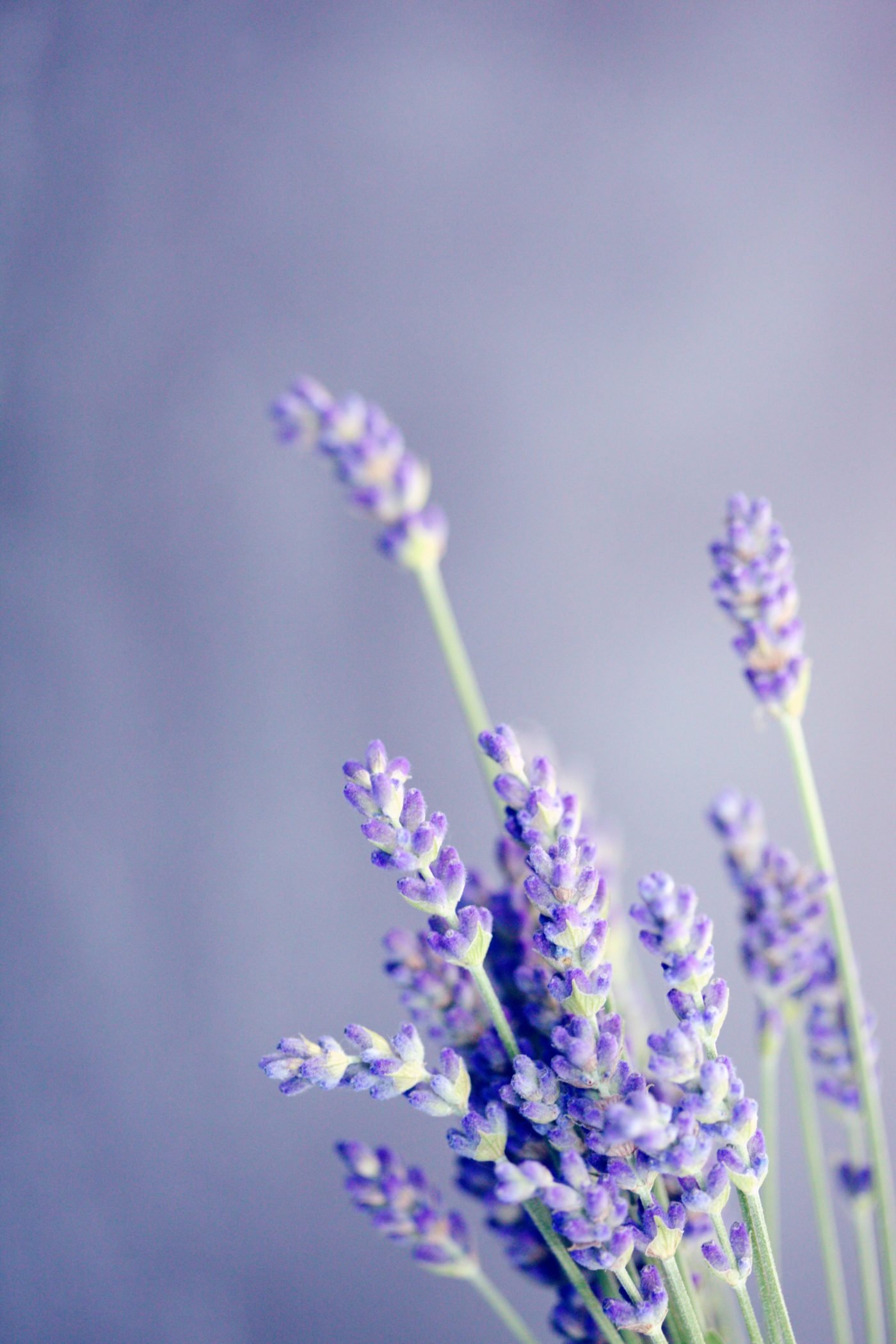

Bibliography
- Adriana Bonavia Giorgetti, The art of cultivating the garden and oneself. Thank you bridge, 2015
- Michael Putnam, Flower color theory. Phaidon, 2021
- Léa Maupetit, Seasonal Flowers. The Hippocampus, 2021


